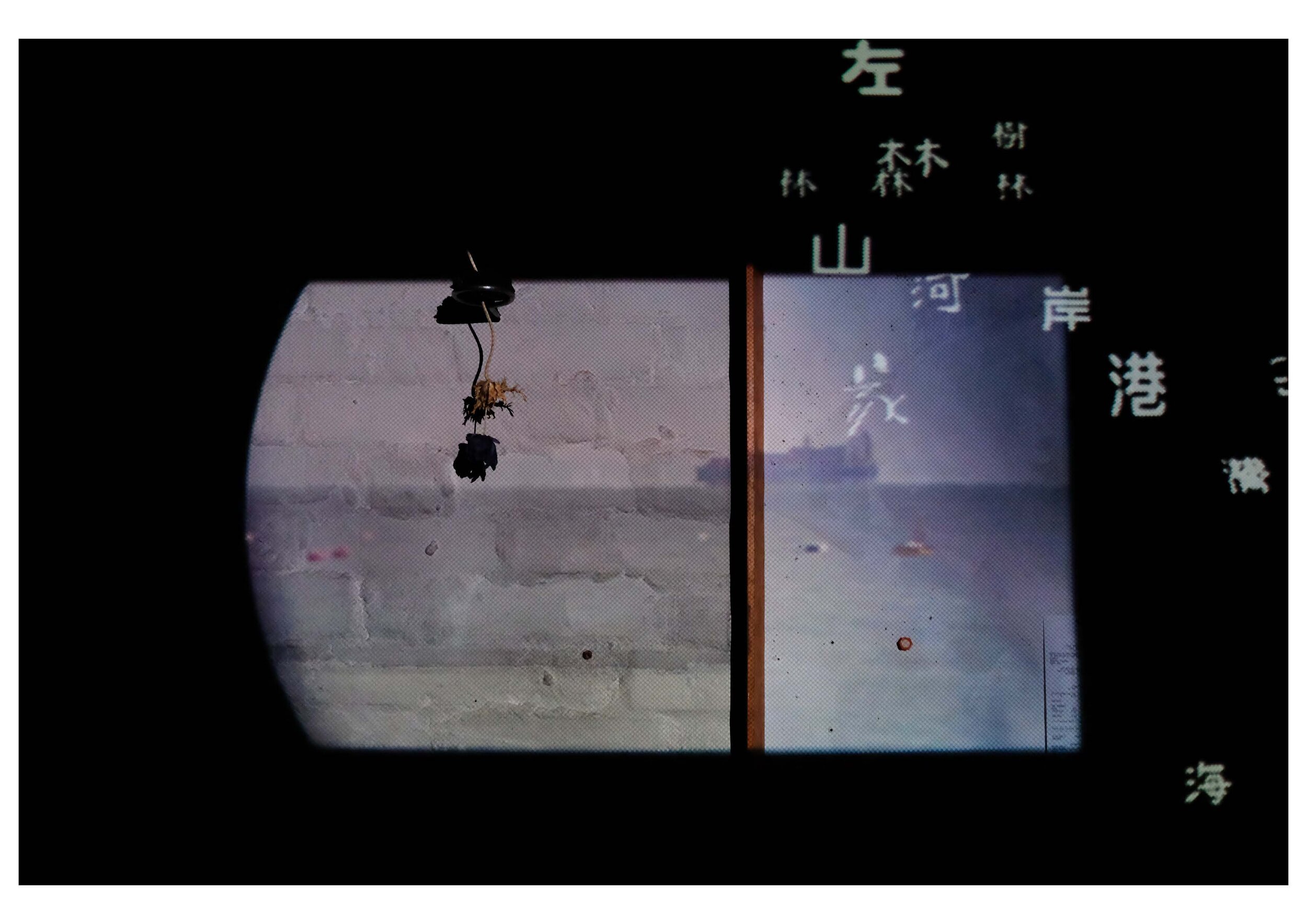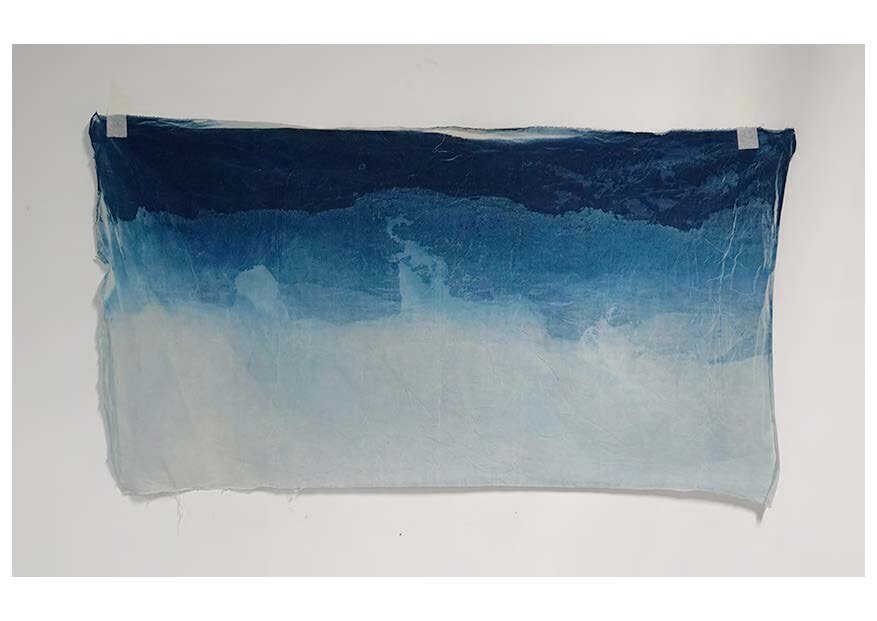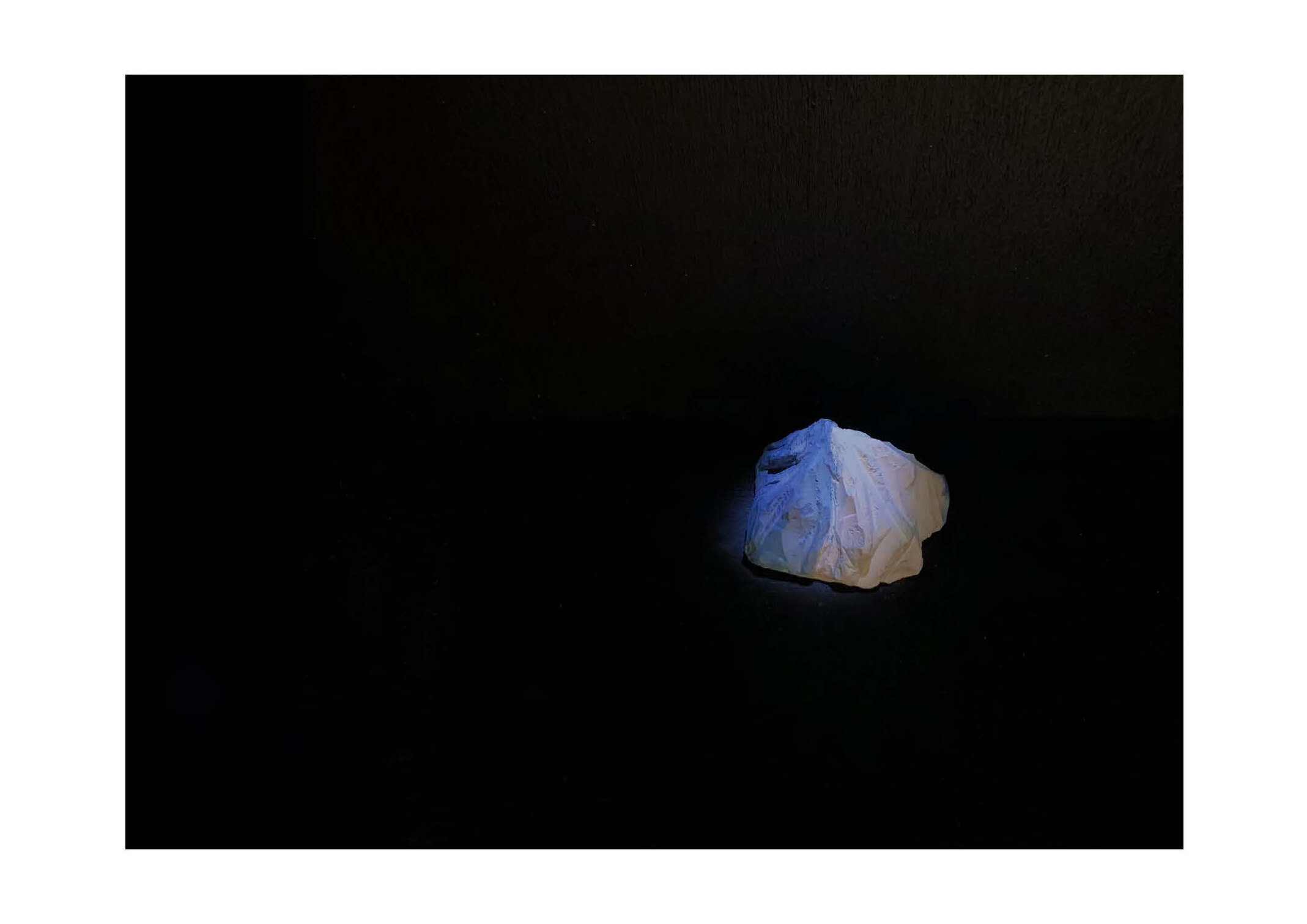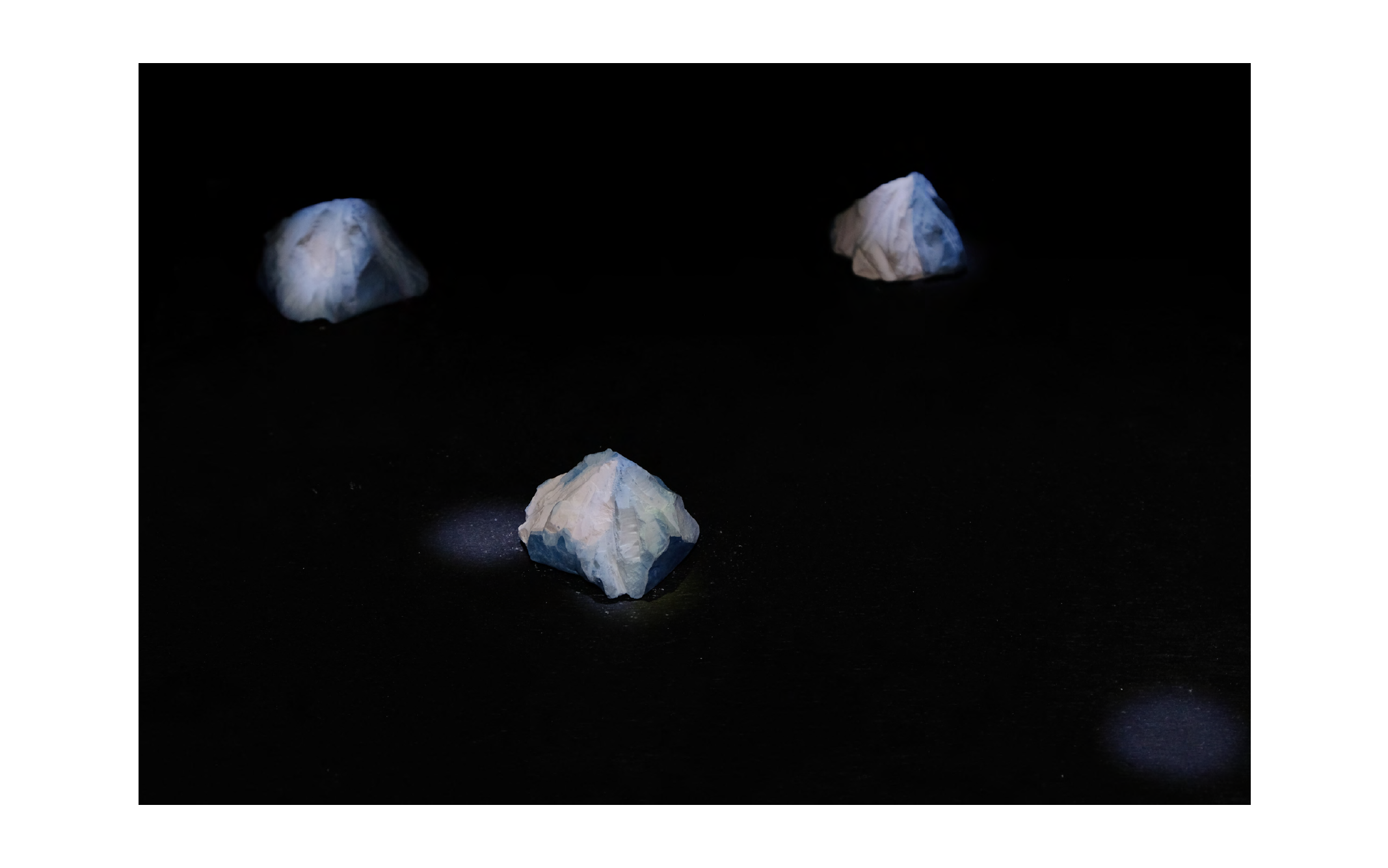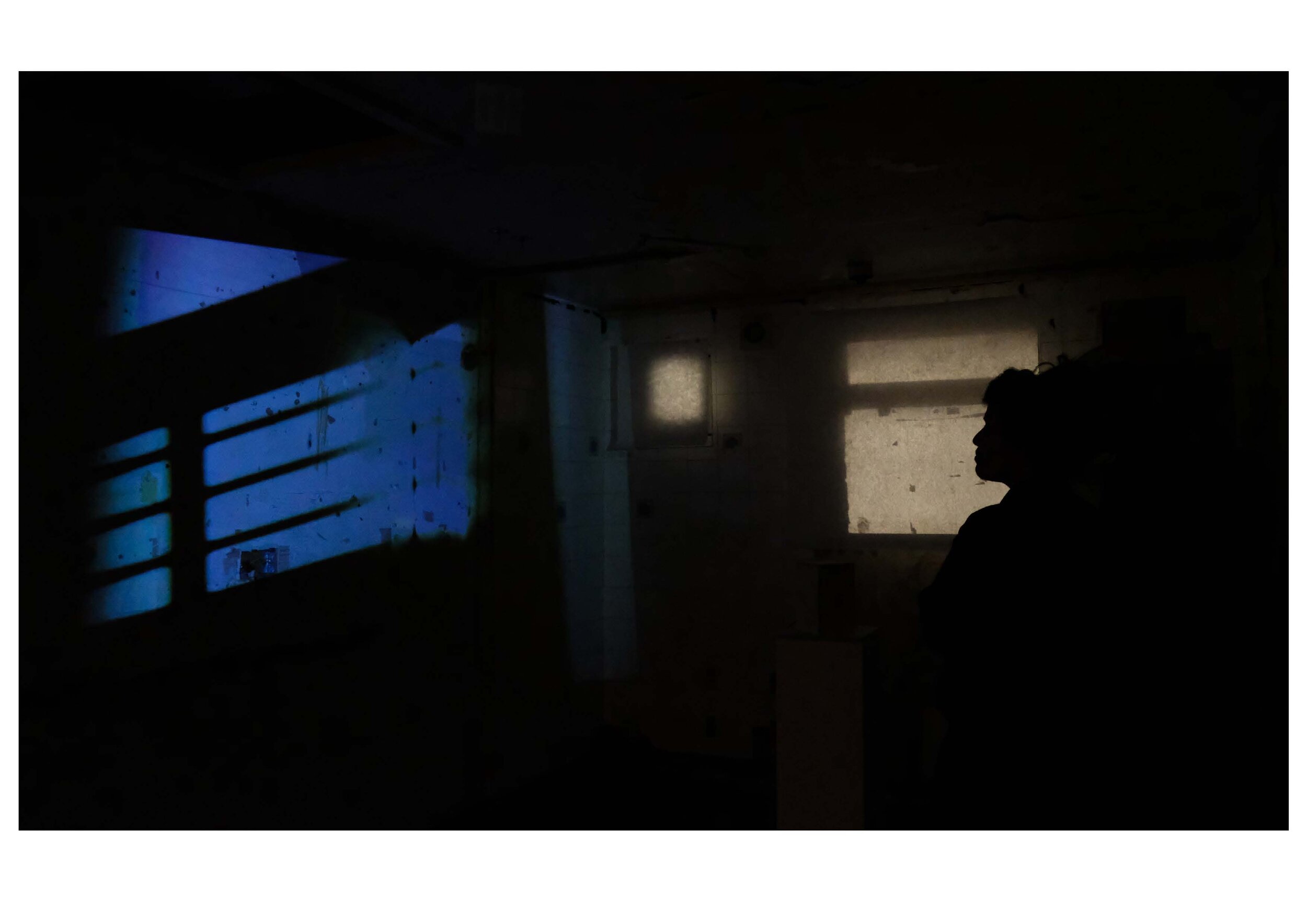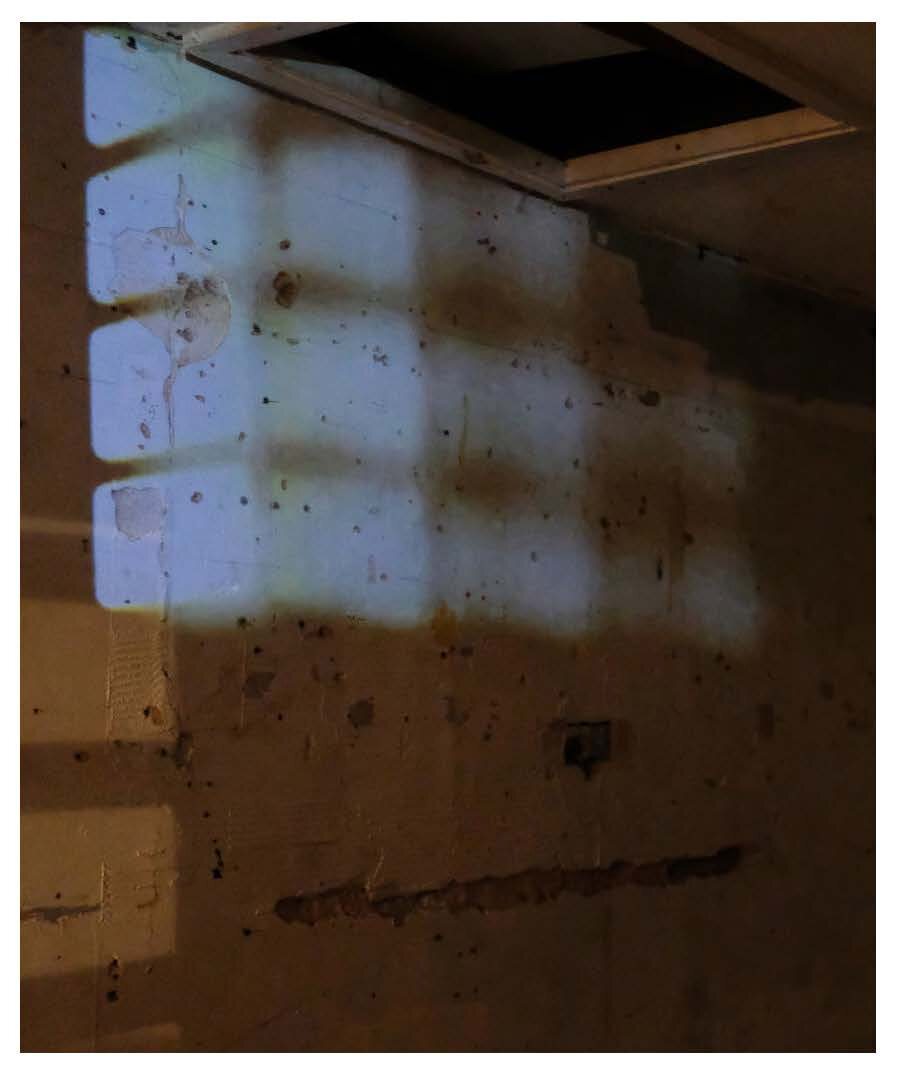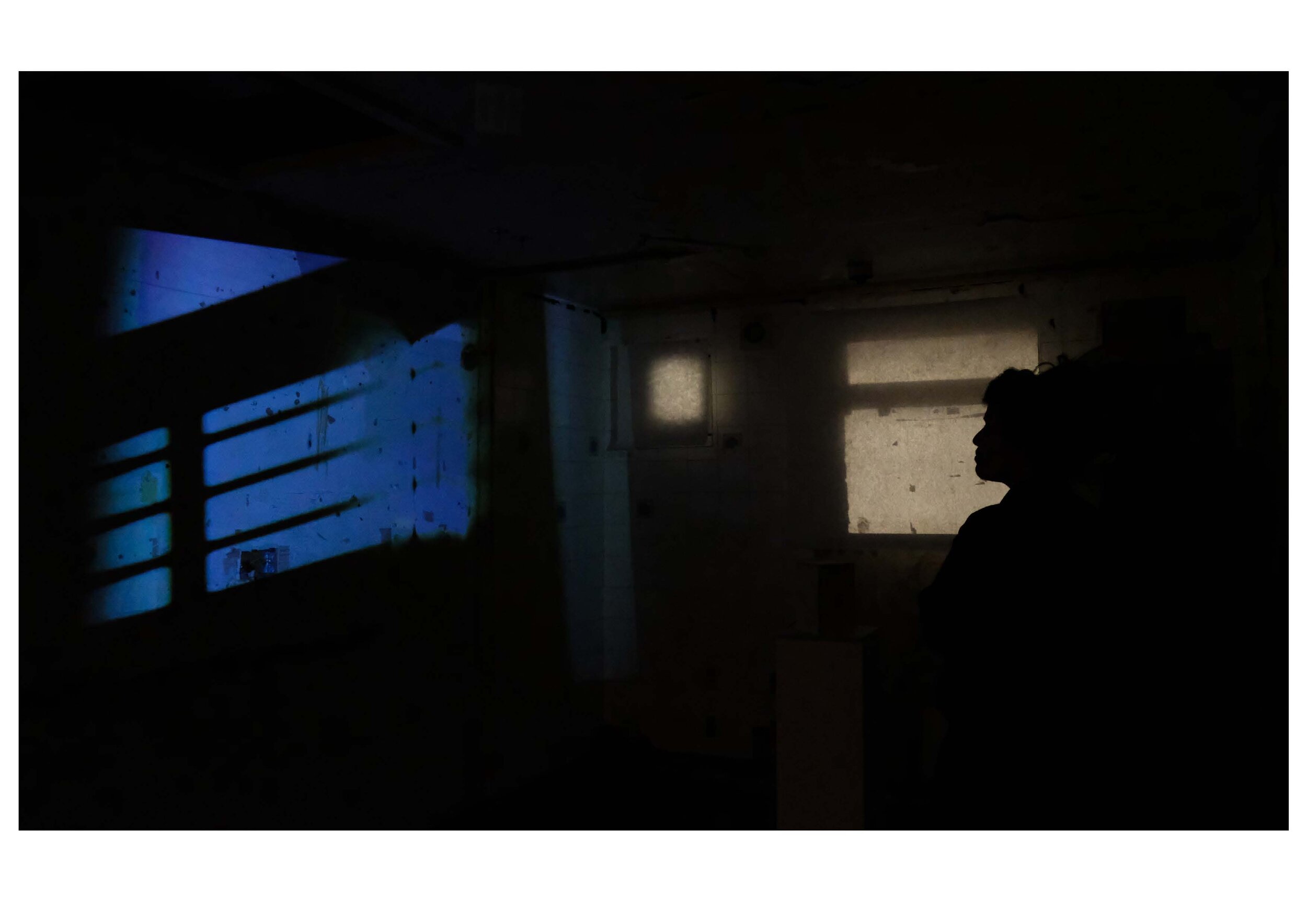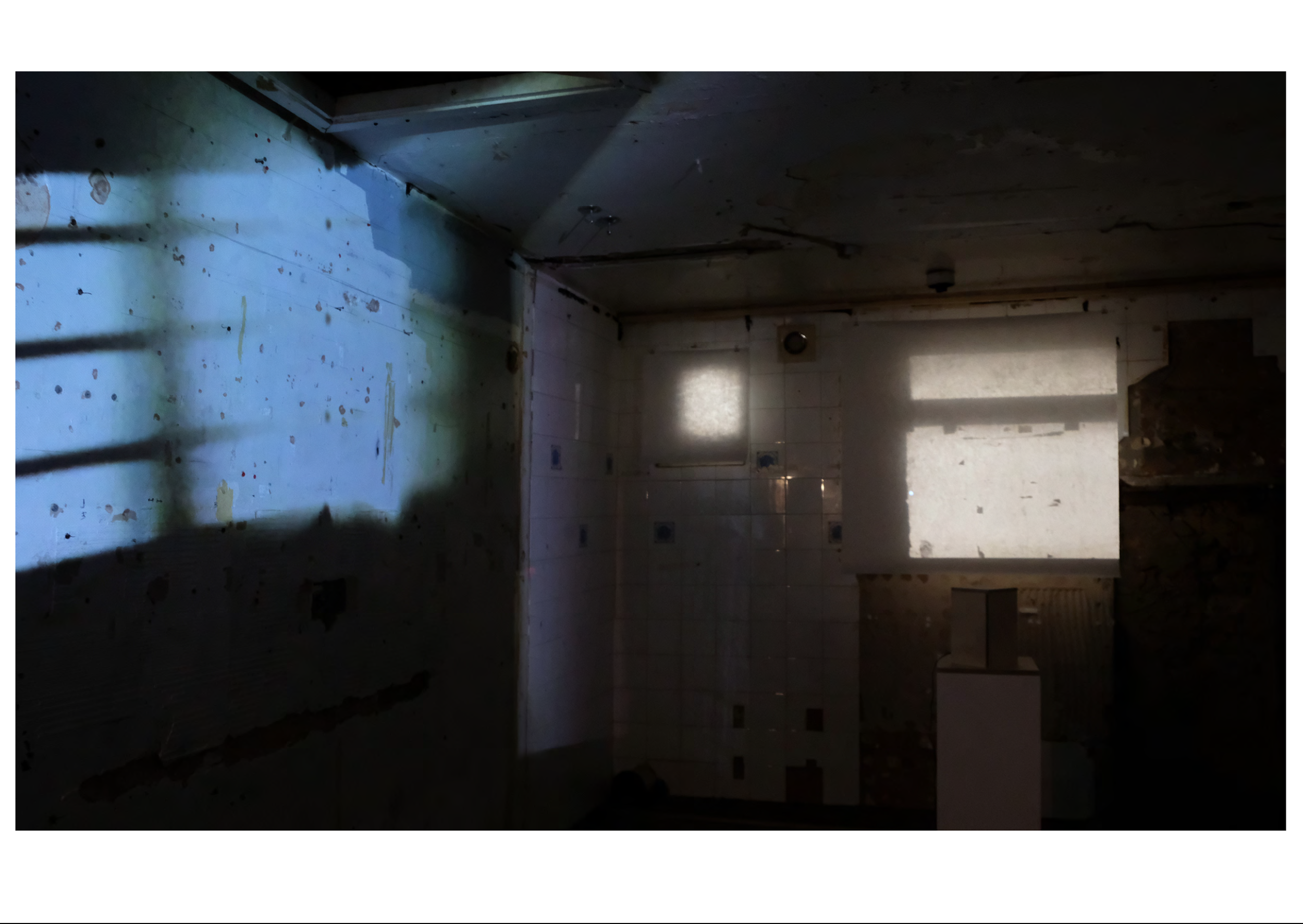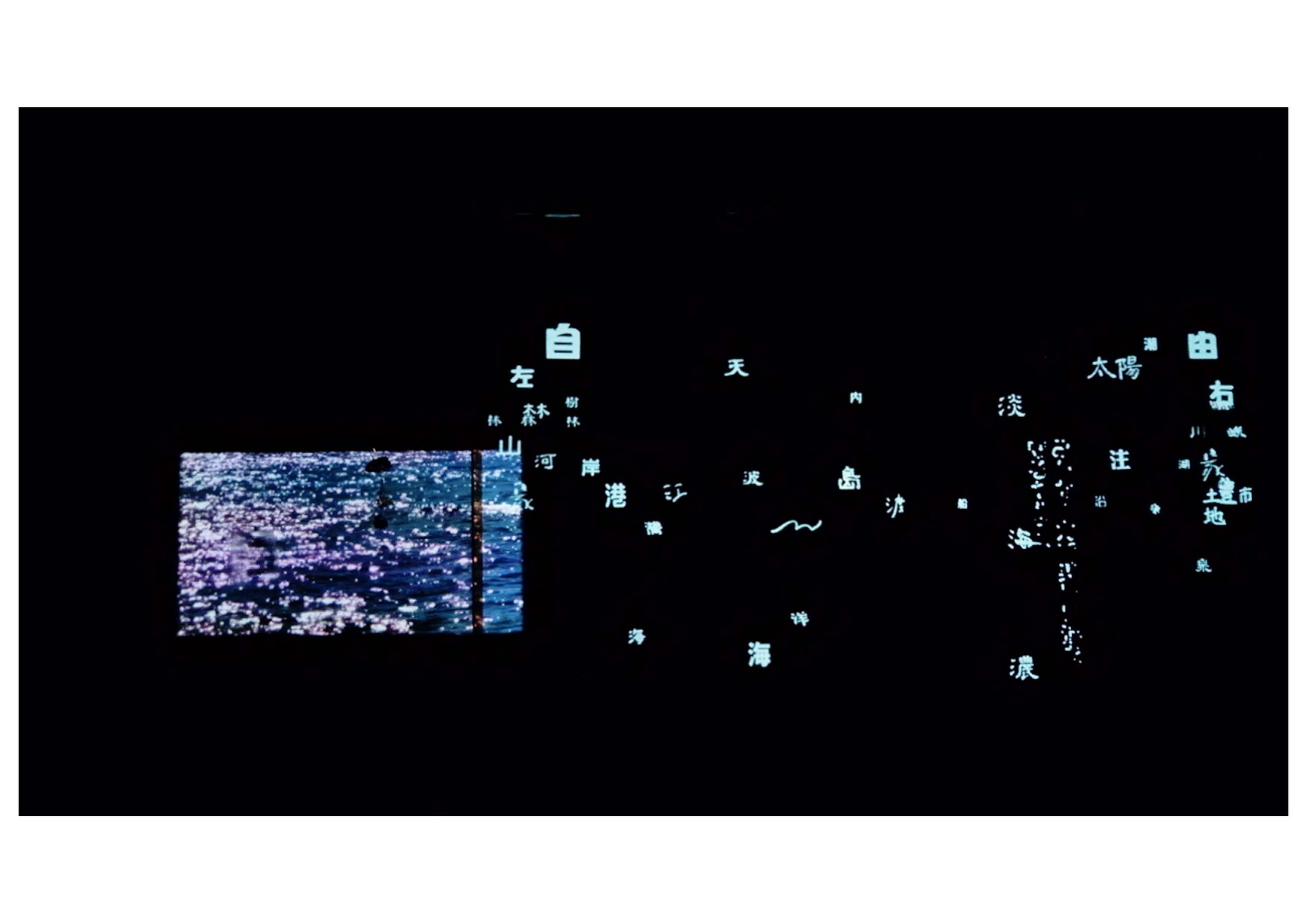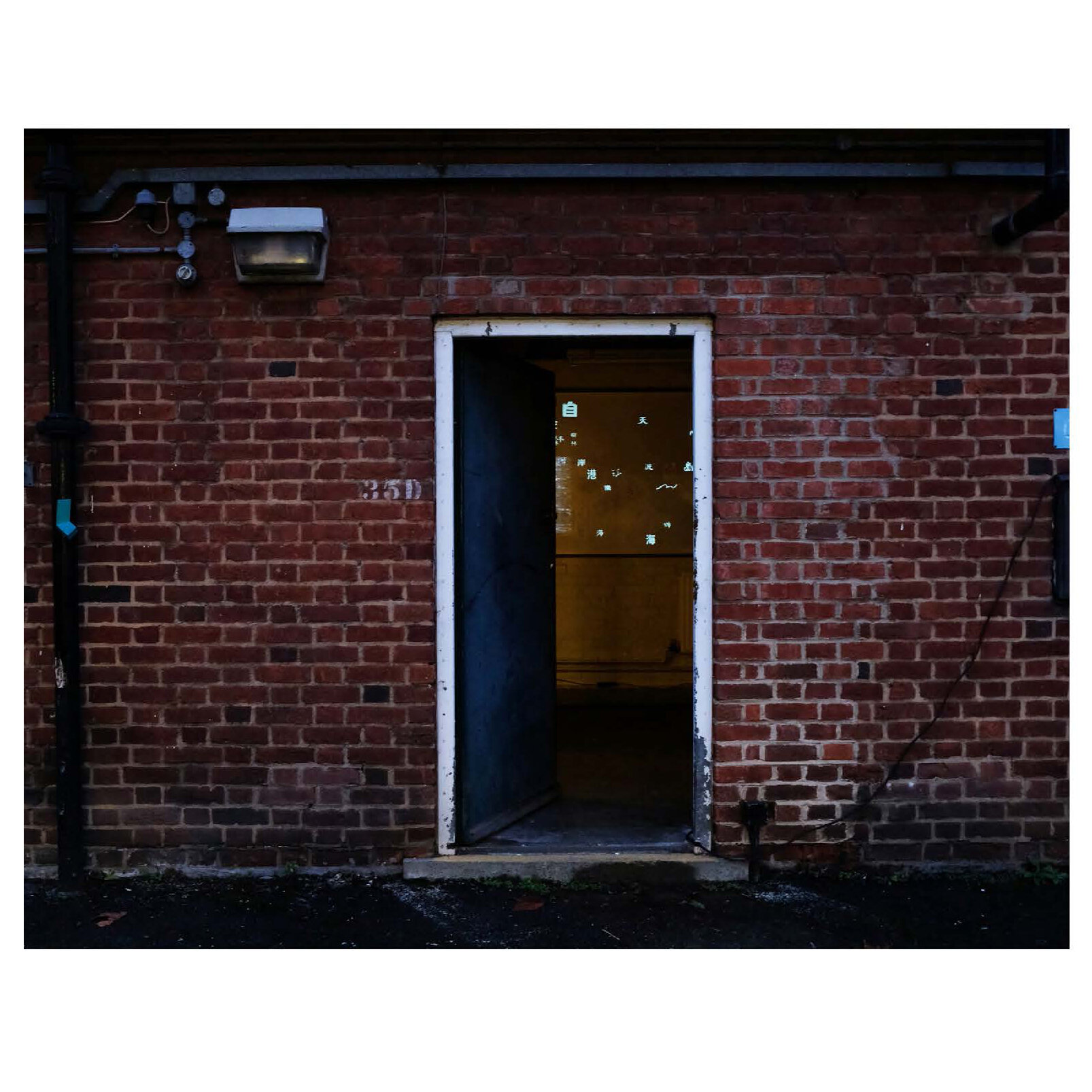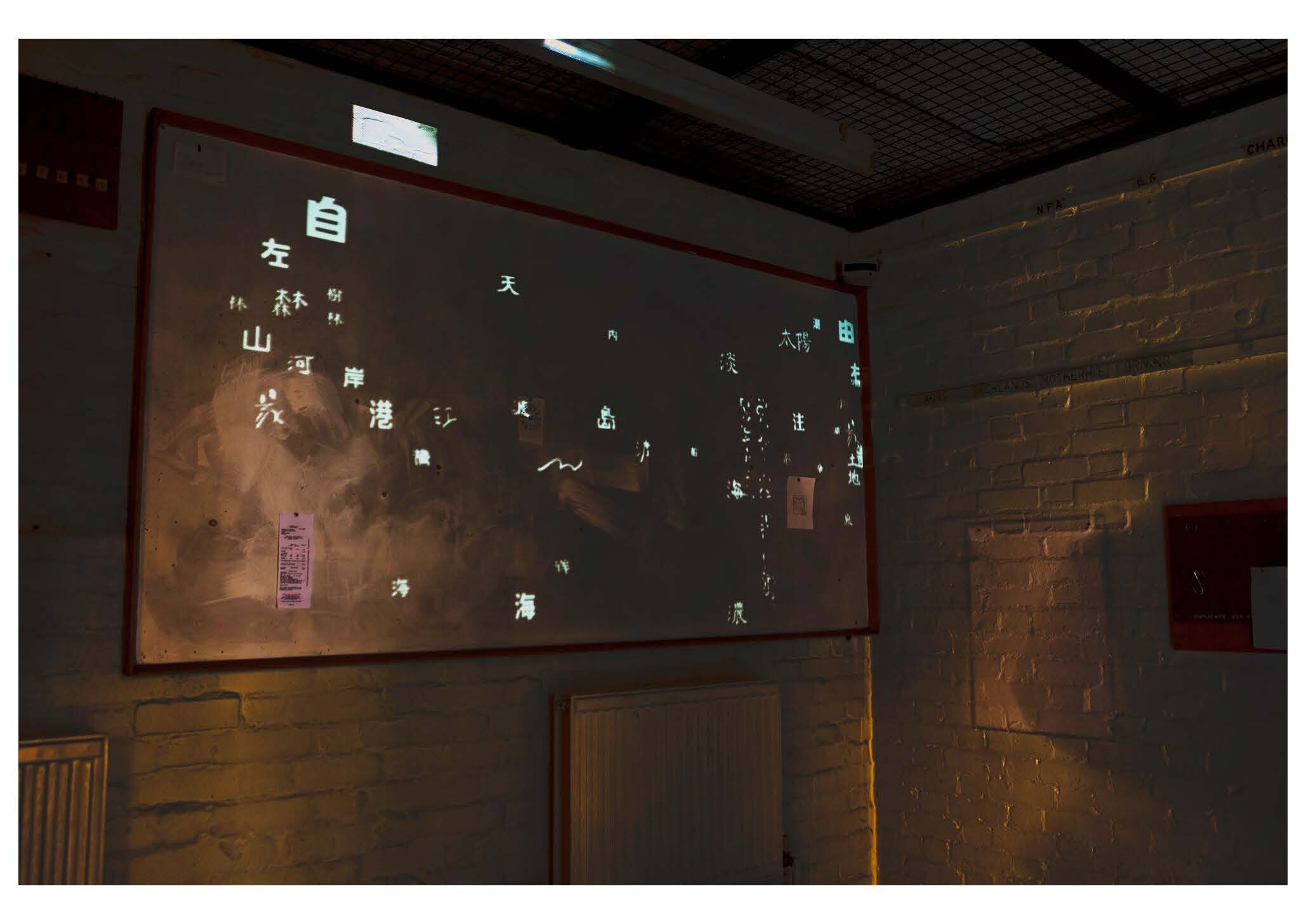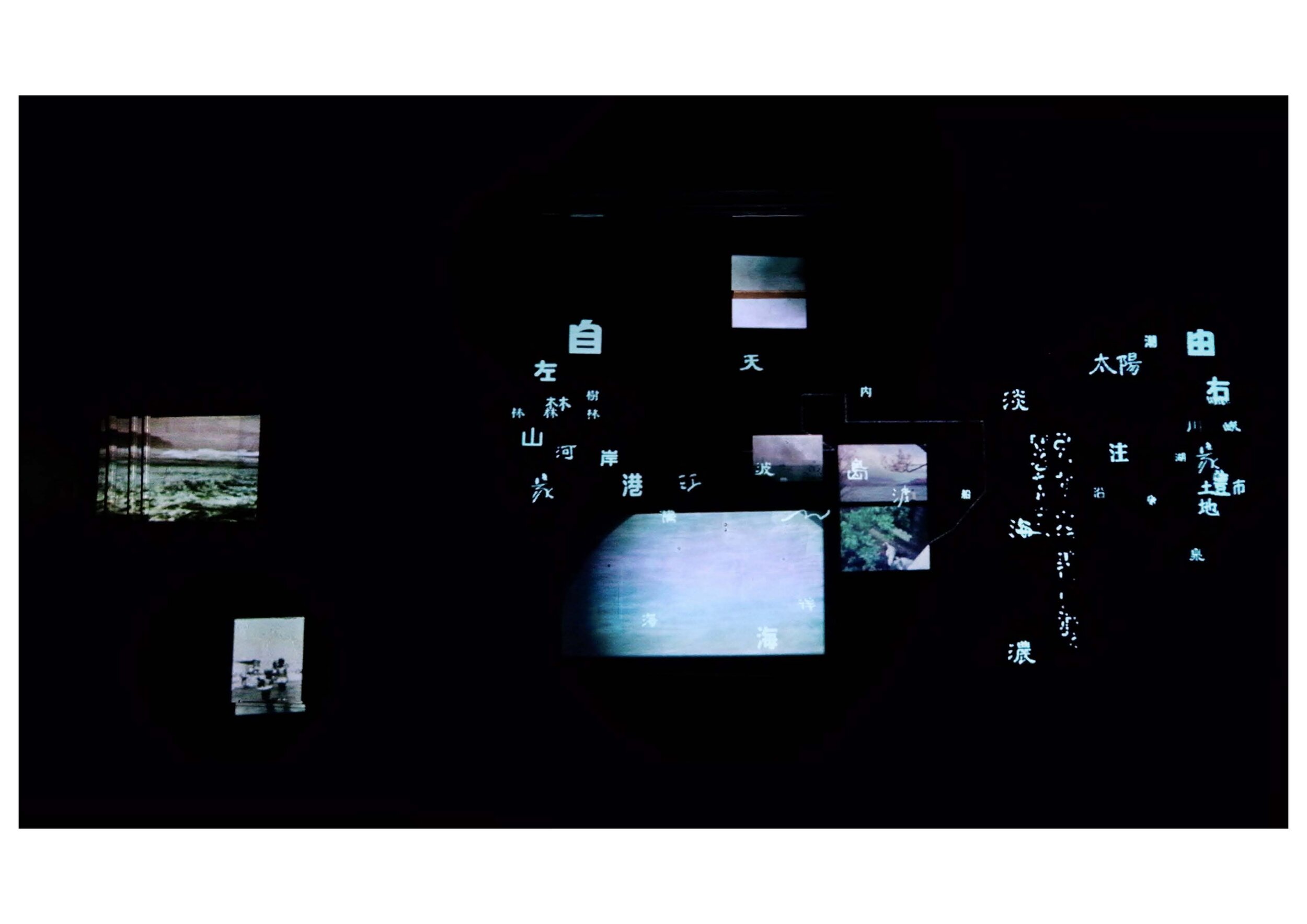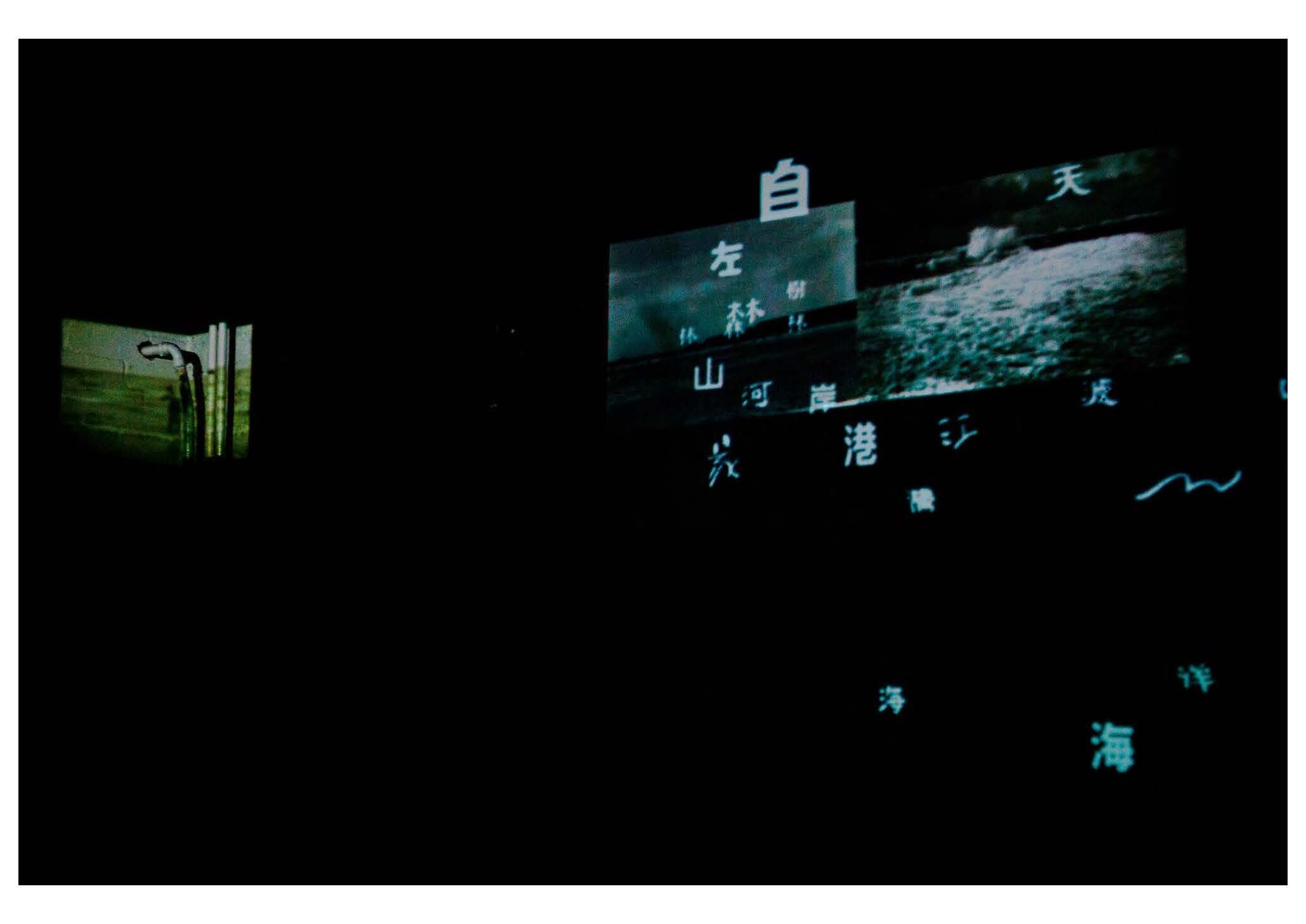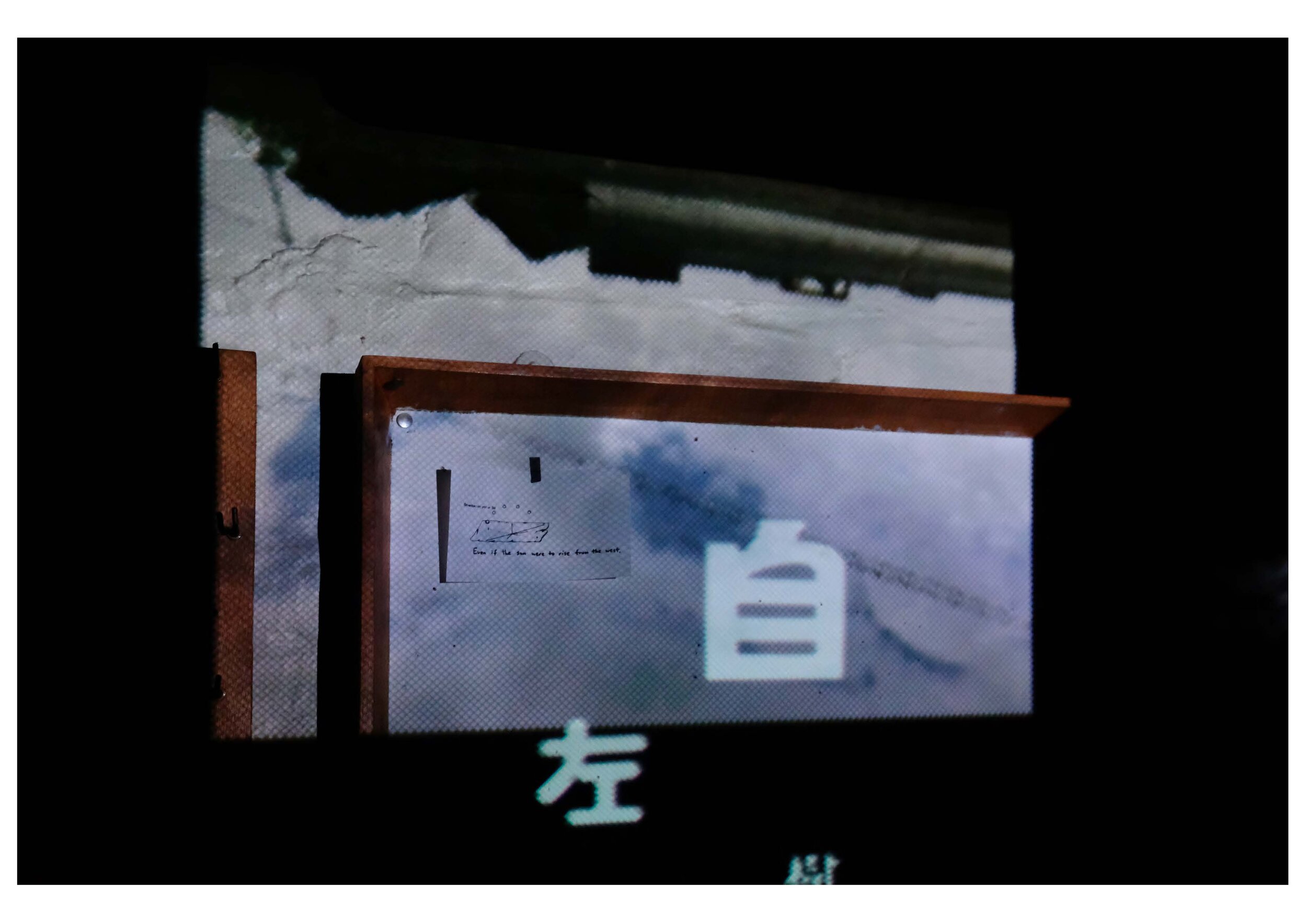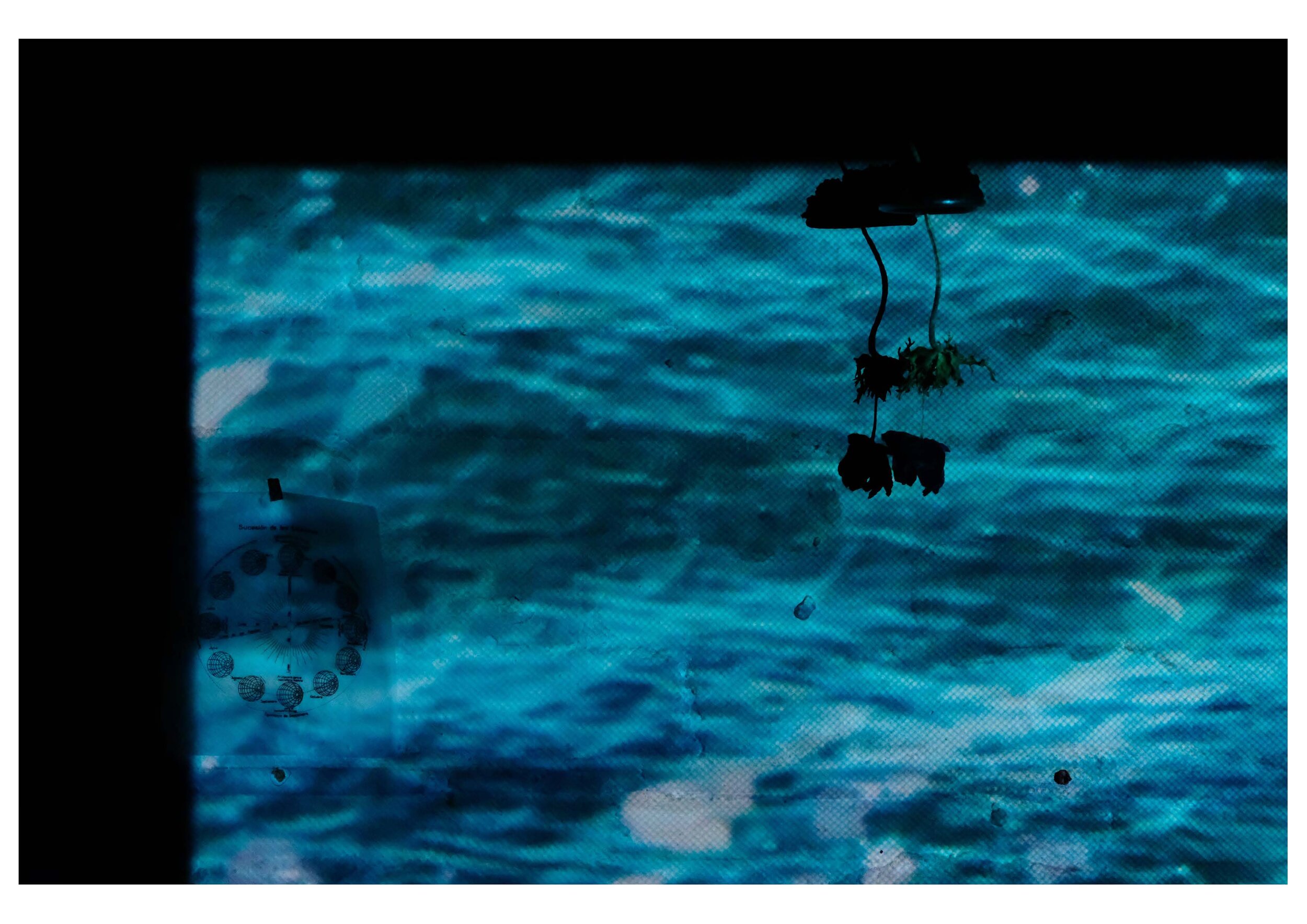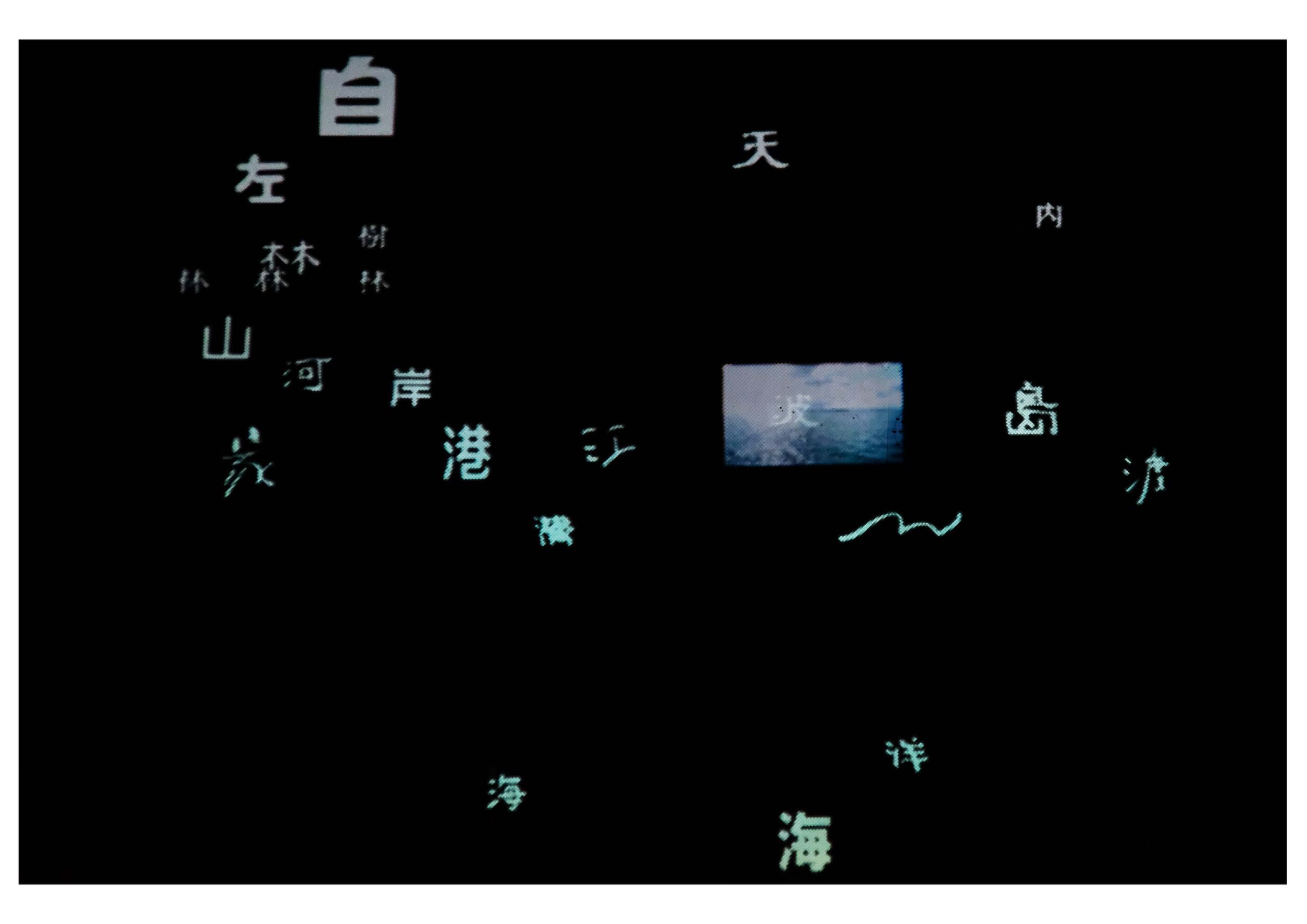Bonnie Wong
LONDON, ENGLAND
Web: www.bonnieeewpy.com
Jun Wang
LONDON, ENGLAND
Web: www.junwang-june.com
about the duo
Jun and Bonnie are a London-based artist duo who have been working together since 2018. A Qingdao-native, Jun Wang has lived in Edmonton, Canada and London, UK for the past decade. After obtaining a degree in Industrial Design she further explored printmaking by pursuing a Master’s degree at the Royal College of Art (UK). Jun’s work looks into how we measure time through investigating its relation to nature, the universe and memory. She is fascinated by the most easily overlooked, ubiquitous elements that quietly coexist with us and centres her work around these instinctive moments of the every day.
Bonnie Wong is from Hong Kong and works professionally as an illustrator. She completed her Master’s degree in Print at the Royal College of Art (UK). Bonnie works extensively with two-dimensional media, including prints, photography, and books and uses them to create installations. She makes work by examining and recontextualising found materials. Her work is both socio-political commentary as much as poetic meditation on identity and migration.
Jun and Bonnie's research focuses on the relationship between nature, personal history and languages. Their work encompasses materials including slides, old photos, dictionaries, maps of foreign places and archival documents. There is strong emphasis on the process of relocation and how it generates interpreted memories and unfamiliarity.
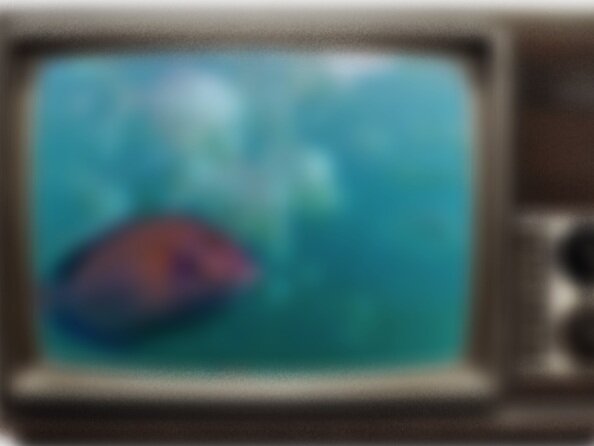
ONLINE RESIDENCY / CHALLENGE PAPER ASSIGNMENT
The Sea Tv
About the work
Jun and Bonnie have been pondering on the same question, ‘what is the sea like?’
In recent years, we have been continuously collecting print works relating to ‘the sea’ in our respective daily lives, while also photographing, audio-recording, and filming on the shores around the world. Our shared interests and somewhat resonating backgrounds brought us to this co-creation stemming from the idea of ‘the sea’ and ‘the memories relating to the sea’.
Having grown up in different coastal cities, ‘the sea’ has been a deeply rooted natural element in the formation of both of our self-consciousness. When we left the comfort of our cities and began new lives in a foreign cultural environment, we could not help but notice ‘the relevance to the sea’ has already become an inseparable part of our self-identity. Through this challenging yet enriching meditative process, we realized that ‘the sea’ is a collective memory to some, as much as it belongs totally to the personal; its symbolic presence transcends scales and bodies.
This series of work began when Jun first discovered that the tide times by the Thames are exactly opposite of that in Qingdao. The sighting of the Thames’ water level has ever since then prompted an immediately imagined sighting of ‘the sea’ from her Qingdao home.
The imagery of the sea truly transcends time and space, creating a ‘shared moment’ in our subconsciousness, as an emotional vessel that connects while also breakthrough geographical boundaries, an ever-changing state of being.
We have chosen to explore an important form of digital content: moving images. Inspired by what is mentioned in the Challenge Paper, that “A4 paper [is] the most common carrier of digital content materialization”, we traced back to the original tool that enabled “images” to achieve mass communication: television - a device that is able to transform signals into continuous dynamic images and sound, and is as well a carrier of sound and image information.
We have transformed the image of this breakthrough medium and created this work - The Sea Tv. In the Digital Humanity online exhibition, the works are exhibited in the form of a website with a virtual analogue network satellite TV, with 5 channels in the initial stage. We hope to use this residency opportunity as a starting point to continue to enrich the video content and expand the number of channels in the next 6 months, while simultaneously exploring the potential of the works offline in an experimental way.
Methodology and Outcome
Humans, as one of the countless beings on his planet, we are continuously connected with the ocean at different points on a forward-moving timeline. The sea is being witnessed, as it witnesses the lives of many. Therefore, the physical materials we collect mainly include two categories: (1) "authoritative materials" of the sea, such as newspapers, maps, natural records, etc. (2) "personal materials" relating to the ocean, including old photos, slides, book records, postcards, etc.
When looking at an analogue object, we are acutely aware that the object is created and once owned. At the same time, the object has its own time basis. When the viewer and the object meet, the indisputable logic allows each other a distance measured by time. The personal items we collect have subsequently become an archive of the lives of others. The identity, geographic information, personal historical details, stories, etc. covered in this archive are almost untraceable due to the huge volume of complicated information. They then become abstract and are evolved as the collector’s "private data”
In modern history, the gradual emergence of radio, satellite TV, and the Internet has eliminated the geographic distance between people. The spread and application of these media among the population has greatly accelerated the development of globalization. The digital world blurs the boundary between time and space. As one of the main media of digital humanities, the Internet is similar to certain natural existence, becoming something that no one owns. In this creation, we recreated digital images, sounds, and "old things" that carry individual memories. It is hoped that the "digital carrier" and "the humanistic and historical information from the individual" will be poetically recombined, such that the work becomes an opportunity for the viewer to connect with the sea.
WIP NOTES (Stories and More)
About shipping forecast
(https://www.sea-tv.net/copy-of-tv-2)
One non-particular day in 2019, Bonnie casually tuned into the Hong Kong Internet radio broadcast in her London studio, and what came out was the familiar sound of sea radio broadcast from her childhood. Although trapped in a room surrounded by four walls, she seemed to have returned to Hong Kong in just an instant, as if she was then standing by the sea sea-watching. The broadcast description of the sea provided her with a concrete real-time image of "home". Since then, Jun and Bonnie would go to listen to different shipping forecasts, and became gradually drawn to the fact that although it is only presented through sound, it gives the audience enormous room for imagination. We ourselves also use it to establish a view of a distant place, or an imagination of the ocean.
Every day, shipping forecasts from all over the world appear regularly, describing the division of sea into small sections one after another. The image of the sea is transformed into symbols and data during transmission, and then becomes images in our consciousness.
Broadcasting technology is vital for a sailor’s livelihood. It brings information to people on the sea and conveys the dire wishes of their loved ones on land. In our creation, we have discovered that this kind of communication can only be transmitted under certain circumstances. For example, in the United Kingdom, shipping forecasts are only accessible on Channel 4 for it is the only channel capable of releasing long enough wavelength/frequency?? for people who work at sea to hear clearly.
At the same time, for one to be able to obtain meteorological information in Jun’s hometown of Qingdao, one would have to use a radio that can receive shortwave radio stations with have unilateral functions, while standing on the beach with no obstructions, extending the antenna, flipping the SSB BFO, searching, waiting and watching. This specific experience connected her own memories of whale-watching at home to an imaginary scene of a sailor at sea.
In another channel of Sea TV, we recorded several stories related to the ocean. One storyteller is Jun’s grandmother. She has lived in Qingdao for decades and has established a family there. Their generational memories are inseparable from the ocean; the story unfolds in the form of daily conversations between the family, through which to unravel her memories entangled with the sea.
The other narrator is a taxi driver Bonnie crossed paths with in London. Coming from the Mediterranean, he reminisces about his hometown famous for its lemons. Despite having settled in the UK for many years, traces of the ocean have never been wiped out by the displacement of living abroad..
GALLERY ONE
Cyanotypes
Both Jun and Bonnie have spent the past few years researching ways to incorporate traditional and analogue printmaking and drawing techniques in contemporary works and contexts.
Cyanotype is one of the mediums that is exploring in their practices.Instead of producing images straightforwardly laying a positive on top of coated paper, Jun and Bonnie make work by focusing on the durational process of creating cyanotype and its unique quality of being able to interact with nature. Bonnie has used chemical-coated fabric to capture the sea-level of seas in the UK - including the sea of Brighton and the River Thames.
While Jun has painted the chemicals onto clay layer by layer and carved afterwards to create ceramic mountains that show layers of blues. The time-based medium has become an alternative method of ‘printmaking’ to create an impression.
GALLERY TWO
Darkroom
Date: 2019
Dimensions: Variable dimension
Medium: Video installation, 3 channels projection
Darkroom is a site-responsive installation created specifically for exhibition No One Has Ever Seen My Bathtub. It is a multi-layered video projection showing lights running across the room, mimicking cars and trains passing outside of the building. The work was shown at Safehouse, London, an abandoned house that was once used as a safe house. The idea of the work originates from the childhood memory of looking up from the bed in the middle of the night, wondering what the running marks on the walls are. The multi-layered projects show light and image with different time scales and durations.
GALLERY THREE
The Sea Project
Image #1
Date: 2019
Dimensions: Variable dimension
Medium: Mixed media installation, 2 channels projection with prints and sculptural objects.
No longer in reachable distance, the sea instead became part of the artists’ imaginations: they ‘see’ the sea when they are near the River Thames by knowing that its water links to the ocean. In this project, the duo uses bilingual words and expressions to compose a ‘landscape’. Together with prints and books, the installation explores the experience of physical and mental relocation.
The Sea Project was commissioned by the Central Saint Martins, London and was part of the MA Culture, Criticism and Curation final show. The exhibition We [ breathe ] in the space between was a collaboration between University of Arts London, ASC MIR Project Space (London) and Hart Haus (Hong Kong).

